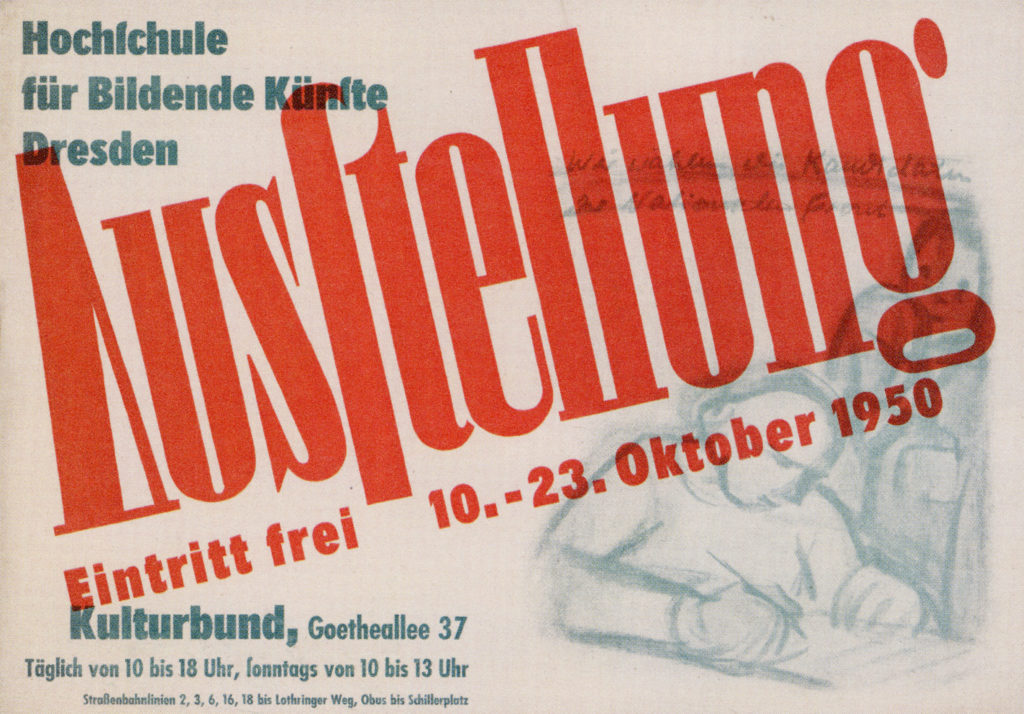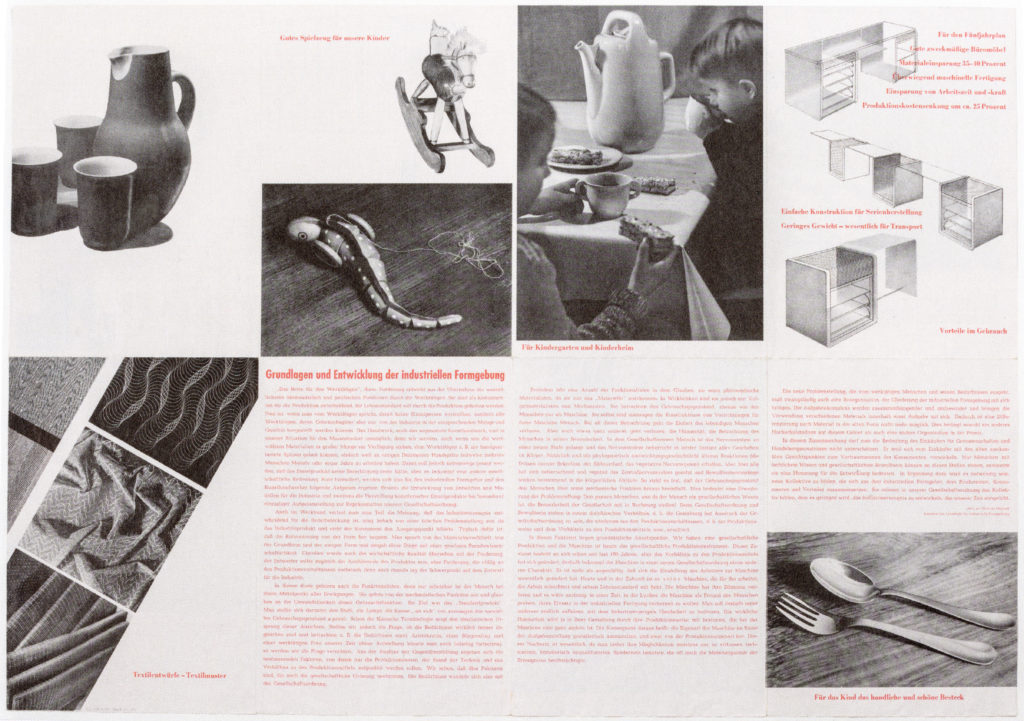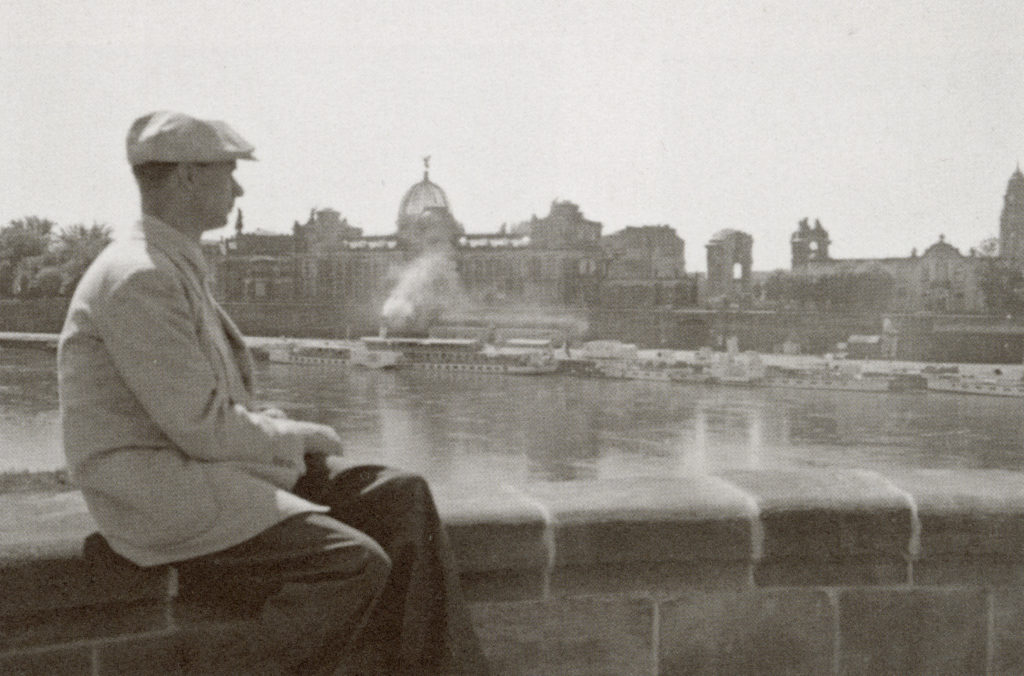In Dresden, former Bauhaus tutor Mart Stam failed in his attempt to revive the Bauhaus by building or rebuilding an art school along the same lines. From spring 1948, he had taken over as both director of Dresden’s Public Academy of Applied Art and principal of the Dresden Academy of Fine Arts and wanted to merge the two institutions into one art school known as the “bauschule” which would combine a focus on architecture with a stronger emphasis on industrial and everyday culture.
Stam’s fellow professors and artists in Dresden, among them Hans and Lea Grundig, Wilhelm Lachnit and Eugen Hoffmann, were extremely resistant to the idea. Although he failed to establish a new school at the Hellerau Festival Theatre and thus build on the cultural legacy of the Bauhaus, he was able to attract new teachers affiliated with the Bauhaus such as Marianne Brandt and Hajo Rose. Stam’s activities in Dresden already ended in April 1950 when he transferred to the Weißensee Academy of Art Berlin.




